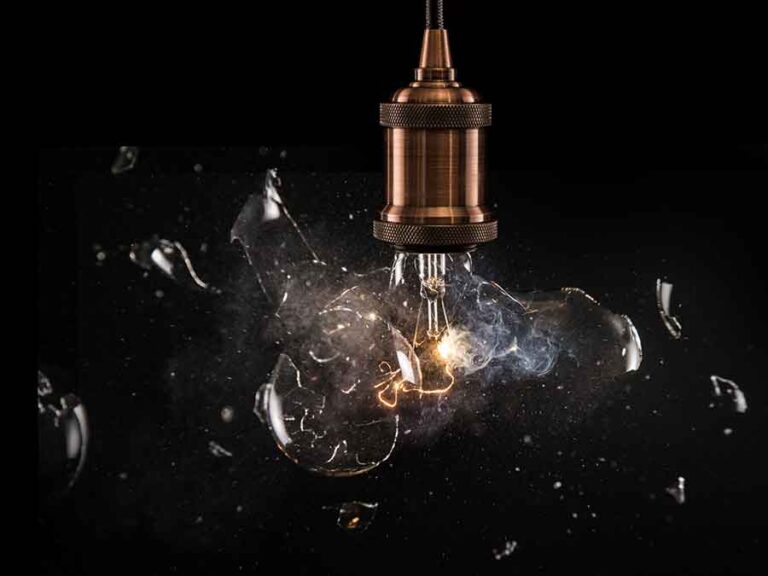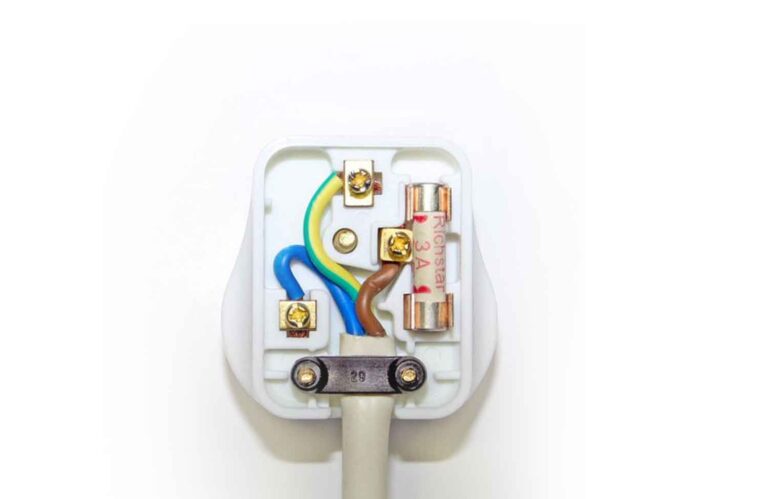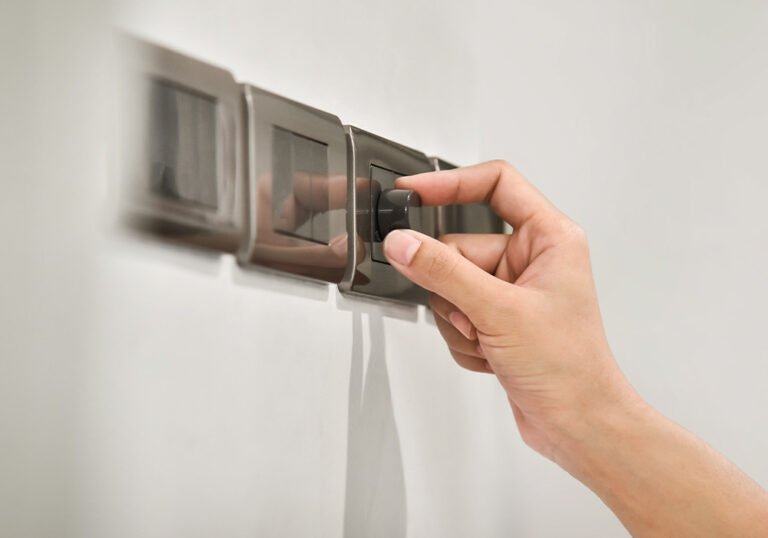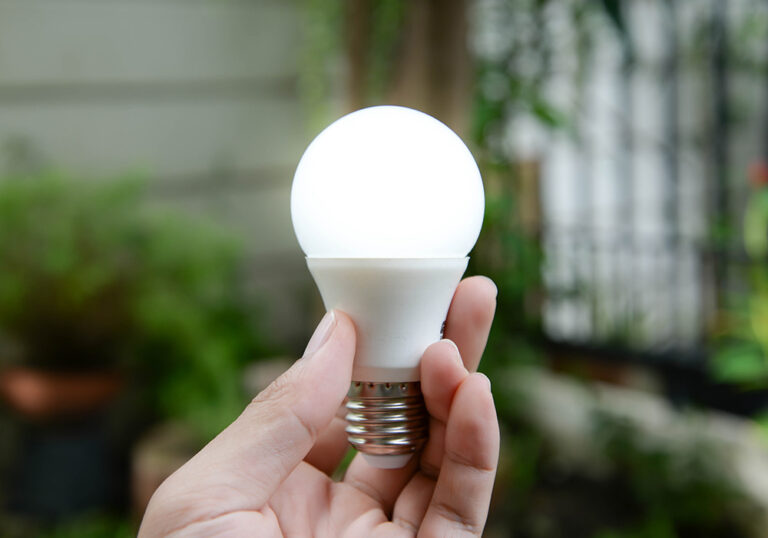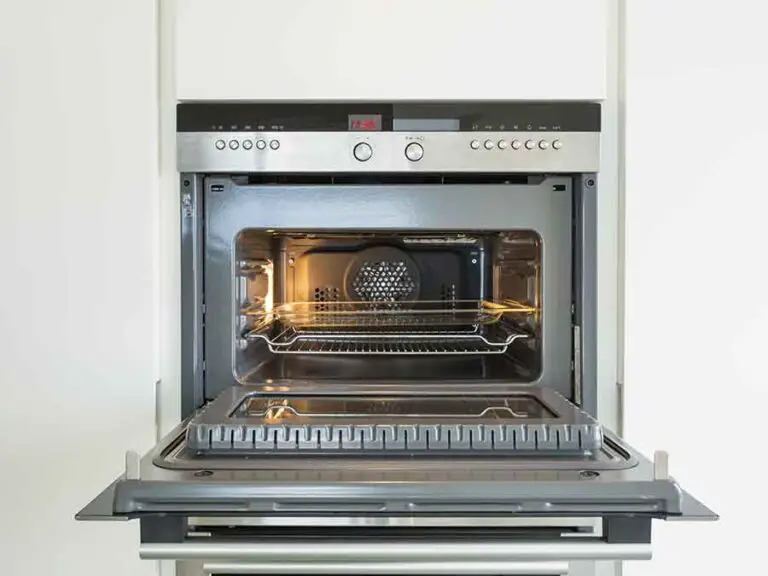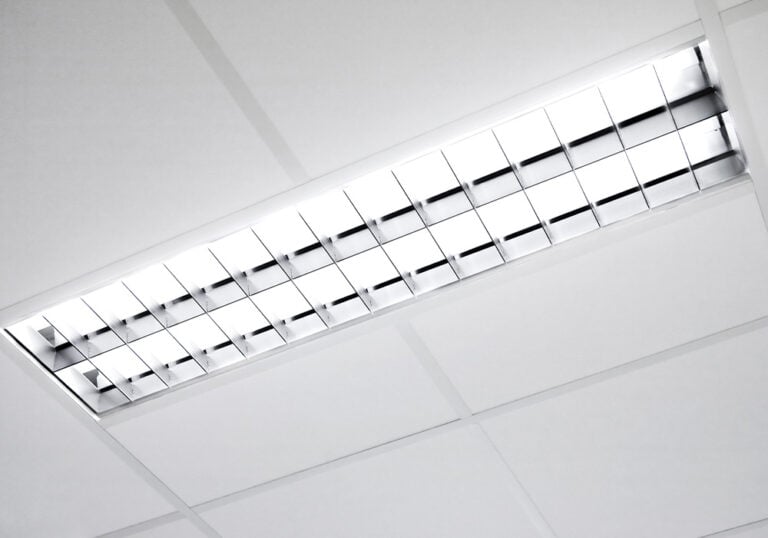3 Phase Vs Single Phase Electricity Cost Comparisons
When it comes to electricity supply, it’s important to understand the difference between single-phase and three-phase systems. Single-phase systems are generally used in UK homes and are often considered adequate for standard household needs. On the other hand, three-phase systems are commonly used in commercial and industrial buildings, as they cater to higher power requirements.
Comparing the costs of these two systems can be quite insightful. However, factors such as efficiency, impact on devices, and maintenance costs should be taken into consideration when making the comparison. Furthermore, an individual’s specific power needs and usage scenario will greatly influence the choice between single-phase and three-phase electricity systems.
Key Takeaways
- Cost comparisons between single-phase and three-phase electricity should factor in efficiency, impact on devices, and maintenance costs.
- Individual power needs and usage scenarios greatly influence the choice between single-phase and three-phase systems.
- Both systems have their advantages and are suited to different environments; single-phase is more common in UK homes, whilst three-phase is prevalent in commercial and industrial settings.
Understanding Electricity: Single Phase and Three Phase
When it comes to electricity, there are two main types of supply: single phase and three phase. Single phase systems are widely used in UK homes, providing power to lighting, heating, and smaller electrical appliances. This type of supply has one Live wire, one neutral wire, and in almost all cases, an earth wire.
On the other hand, three phase systems are commonly used in commercial or industrial buildings where higher loads are required. These systems have three Live wires, one neutral wire, and typically an earth wire. The three-phase power supply is necessary for more powerful commercial equipment, such as large electric motors or industrial machinery.
A significant difference between single phase and three phase systems is the consistency of power delivery. Single phase power supply experiences peaks and dips, whereas three phase systems combine alternative currents in varying phases. This ensures that the power delivery remains constant and reliable.
In terms of cost comparison, single phase systems are generally more cost-effective for residential use, as the majority of household appliances and systems are designed for single phase supply. However, if you have a higher-than-average electricity usage in your home, you might benefit from a three-phase electricity supply, which can provide more constant power and accommodate higher loads.
For commercial or industrial settings, a three phase supply is more suitable due to the increased power demand and the requirement for a stable, consistent power supply. It’s essential to remember that it’s always best to consult a qualified electrician to determine the most appropriate electricity supply for your needs.
Important Considerations
When comparing 3 phase and single phase electricity costs, there are several factors to consider. In this section, we will explore these factors to help you make an informed decision about your electricity supply.
Power and Efficiency: While 3 phase systems might initially cost more than single phase systems, they require less electrical power to flow from transmission to home distribution. This increased efficiency can result in long-term savings for homeowners and businesses.
Usage: Single-phase systems are commonly used in UK homes, while 3 phase systems are more prevalent in commercial and industrial buildings. If your home has a higher-than-average electricity demand, you might be advised to opt for a 3 phase electricity supply.
Stability: 3 phase systems may offer better stability in terms of power usage in comparison to single-phase systems, as they can handle larger loads without causing fluctuations in voltage.
Installation and Maintenance: The installation of a 3 phase system can be more complex and may require additional equipment, potentially increasing the overall cost. However, due to their higher efficiency, the maintenance cost for 3 phase systems could be lower compared to single-phase systems.
Safety: Both single-phase and 3 phase electricity supplies have their own set of safety concerns. Consulting with a qualified electrician will help you gauge any additional safety measures that may be required for your specific situation.
Keep these important considerations in mind while deciding between a single phase and 3 phase electricity supply. To ensure the most suitable option for your needs, it is always recommended to consult a qualified electrician for professional advice.
Cost Comparison
When comparing the costs of single-phase and three-phase electricity, it is essential to consider various factors such as installation, running costs, and overall efficiency.
Installation Costs: Generally, installing a three-phase electrical system is more expensive than a single-phase system due to the complexity of its components and the need for additional wiring. However, this initial investment could pay off in the long term if you require a high-power consumption application, making the three-phase worth considering.
Running Costs: The running costs of your electricity system may vary depending on your consumption pattern and rates. You may find that the difference in kWh pricing between single-phase and three-phase is minimal. However, the standing charge could be higher for three-phase systems which would have an impact on the overall cost.
Efficiency: Three-phase technology is typically more efficient in providing high power, meaning the power losses within the system will likely be lower compared to single-phase applications. Although this does not affect your electricity bill directly, it may result in decreased energy and equipment maintenance costs over time.
Ultimately, when choosing between a single-phase and three-phase electricity system, it is essential to thoroughly assess your requirements, including the appliances and machinery you plan to use, and your location’s infrastructure. Both single-phase and three-phase systems have their advantages and drawbacks, so carefully evaluating your options can help you make an informed decision tailored to your needs.
Efficiency Analysis
When comparing 3 phase and single phase electricity, it’s essential to consider the efficiency of each system. Three-phase power supply is known for its ability to accommodate higher loads and better distribute power. This means that three-phase systems are generally more efficient than single-phase systems, especially when it comes to powering large electric motors.
There are a few key aspects that contribute to the efficiency of both single-phase and three-phase electrical systems:
- Power distribution: In a three-phase system, power is supplied to three separate conductors, whereas, in a single-phase system, power is supplied through only one conductor. This allows three-phase systems to provide a constant power flow, reducing the chances of voltage fluctuations and improving overall efficiency.
- Size and weight: Three-phase machines and their control systems can be smaller and lighter than comparable single-phase equipment. This is because more power is distributed through three conductors in three-phase systems, resulting in a more efficient use of materials and components.
- Load balancing: With three-phase systems, the power load is more evenly distributed across the three conductors. This allows for a smoother operation of the electrical equipment and reduces the risk of overloading the system, contributing to better efficiency.
- Electric motors: Three-phase electric motors have some benefits over single-phase motors. They generally provide more torque, require less maintenance, and have a longer lifespan. These factors contribute to the overall efficiency of the system.
It’s important to note that while three-phase systems might have higher initial installation costs, the improvements in efficiency can help reduce long-term electricity costs. When deciding between single-phase and three-phase systems, consider the specific needs and requirements of your electrical installations, such as the types of loads being powered and the desired level of efficiency.
Impact on Devices
When comparing single-phase and three-phase electricity systems, it’s essential to consider their impact on the devices you’re using. In general, three-phase systems offer various advantages that can benefit a wide range of equipment types and sizes.
Efficiency and Size: Devices and controls running on three-phase electricity can be smaller and lighter, whilst maintaining high levels of efficiency. This is because three-phase machines receive more power in the same period as single-phase equipment, allowing for more compact designs without sacrificing performance.
Accommodating Higher Loads: Three-phase power supplies ensure better performance for higher loads compared to single-phase systems. While single-phase power is commonly used for lighting and heating applications, three-phase power is well-suited for larger electric motors and industrial equipment, providing superior load management and distribution.
Reduced Conductor Material: Using three-phase systems can result in a significant reduction of conductor material, decreasing costs and increasing efficiency. Approximately 25% less conductor material is needed in three-phase systems for the same amount of power delivered, compared to single-phase systems. Consequently, three-phase power lines can transmit more power in the same period and at a lower cost.
When choosing between single-phase and three-phase electricity systems, it’s crucial to evaluate your specific power needs and device requirements. Understanding how each system impacts your devices will enable you to make the best decision for your application, ensuring a reliable and cost-effective power solution.
Maintenance and Repair Costs
When comparing the maintenance and repair costs of single-phase and three-phase electrical systems, there are a few factors to consider.
Firstly, the complexity of the system plays a role in the maintenance costs. Three-phase systems are generally more complex than single-phase systems, which leads to an increased likelihood of potential issues. In turn, this may mean higher maintenance costs for three-phase systems. However, with proper maintenance, these issues can be minimized.
Secondly, the components of the two systems might differ in price. For example, three-phase systems require larger transformers and additional wiring compared to single-phase systems. Consequently, the costs of repairing or replacing components for three-phase systems may be higher than those for single-phase systems.
Finally, it is crucial to consider the efficiency of each system. Three-phase systems are typically more energy-efficient than single-phase systems, which can lead to cost savings over time. However, these savings might be offset by the higher upfront costs, as well as maintenance and repair costs associated with three-phase systems.
To sum up, it is essential to carefully weigh the maintenance and repair costs when deciding between single-phase and three-phase electrical systems. Considering the complexity, component prices, and efficiency of each system will help you make an informed choice that best fits your needs.
Practical Usage Scenarios
When choosing between a single-phase and three-phase electricity supply, you should consider your specific needs and requirements.
In residential settings, single-phase electricity is the most common choice as it is more than sufficient for typical household power consumption. UK homes generally use single-phase systems because they provide adequate power for everyday appliances like refrigerators, lighting, and televisions.
On the other hand, commercial and industrial settings often require three-phase electricity due to higher power demands. Examples of equipment that are commonly powered by three-phase electricity include large motors, heavy-duty machinery, and commercial HVAC systems. These systems benefit from the enhanced efficiency and power stability that three-phase systems offer.
If your home has higher-than-average power requirements, you may be advised to install a three-phase electricity supply. Examples of such scenarios include properties with multiple electric vehicle charging stations, a significant number of high-power appliances, or energy-intensive hobbies such as woodworking or metalworking workshops.
In summary, single-phase electricity is more suitable for residential settings with relatively lower power demands. In contrast, three-phase electricity is generally reserved for commercial and industrial applications or residential properties with higher power requirements. Keep these practical usage scenarios in mind when deciding which type of electricity supply is best suited for your needs.
Environmental Impacts
When comparing the environmental impacts of single-phase and three-phase electricity systems, there are a few factors to consider. Both systems can have implications on energy consumption, efficiency, and overall carbon footprint.
With single-phase electricity, the setup consists of a current that runs forward through a circuit before reversing, looking like a sine wave. This type of electricity supply is typically found in UK homes with gas central heating and is mostly used for heating and lighting. It’s generally a smaller system, more suited for domestic houses.
On the other hand, three-phase electricity systems require less electrical power to flow from transmission to home distribution. Due to their increased efficiency, these systems result in lower energy consumption, ultimately having a positive impact on the environment. However, it’s essential to understand that three-phase systems are typically found in larger, commercial buildings or industrial settings, where electricity consumption is already higher than in an ordinary household.
As a result, you might not notice a significant difference in the environmental impacts between single-phase and three-phase electricity systems in a domestic setting. Despite the increased efficiency of three-phase systems, both types have their own suitable applications, and it is crucial to select the one that best fits the context and requirements.
When making a decision, be sure to consult with a qualified electrician to help you determine the best system for your specific needs.
Industry Views and Perspectives
When it comes to the debate between single-phase and three-phase electricity, industry experts have various perspectives on the cost comparisons. Depending on the application and requirements, each type of electricity supply has its pros and cons.
In terms of efficiency, three-phase power is considered more efficient for industrial and heavy-duty applications. The three-phase system allows the distribution of power over multiple lines, which reduces the overall amount of current required. This translates to reduced cable sizes, less energy loss, and ultimately lower costs for larger installations.
On the other hand, single-phase power is suitable for residential and light commercial use. It has a simpler infrastructure and is less expensive to implement and maintain in smaller-scale settings. Single-phase systems are also easier to install, as they require fewer components and less complex wiring.
For domestic users, the choice between single-phase and three-phase electricity largely depends on your energy requirements. In some cases, having a three-phase supply at home can be beneficial, as it allows for a more balanced load distribution across the electrical installation. This can lead to improved device performance and better energy efficiency.
However, it is essential to consider the increased installation and maintenance costs associated with the three-phase supply. Upgrading to a three-phase system may incur additional expenses, such as a higher standing charge and possibly increased cost per kWh. Moreover, it is crucial to ensure that all safety measures are in place, as a three-phase supply can pose certain safety concerns if not installed and maintained correctly.
In conclusion, industry views and perspectives on the cost comparisons between single-phase and three-phase electricity depend on factors such as the intended use, energy consumption, and infrastructure costs. Choosing the most suitable option for your needs is critical, and it’s always a good idea to consult with an expert before making a decision.
Long-Term Assessments
When evaluating the cost difference between single-phase and three-phase electricity, it’s essential to consider the long-term implications. While it may seem that one option is cheaper upfront, it’s crucial to assess your utility needs over time to determine which system is the most cost-effective choice for you.
Three-phase electricity typically requires a higher initial investment for equipment and installation, as its setup is more complex than that of single-phase power. However, when considering power efficiency, three-phase systems can provide better value in the long run. That’s because they require less electrical power to flow from the transmission to your home distribution, mitigating power wastage and overall cost.
For households with standard domestic electrical needs, such as gas central heating, a single-phase system is typically more suitable. Most homes come with single-phase supply as a default, and upgrading to a three-phase system may not provide any significant advantages.
In contrast, properties that need multiple electricity meters or have higher power demands, such as commercial or industrial spaces, might benefit more from a three-phase supply. These systems have enhanced power capabilities and can support more energy-intensive operations in the long term.
When considering the operational aspect, it’s essential to remember that single-phase systems are older and more prominent, with a current flowing alternately through a circuit. Due to its design, single-phase power passes through the zero axes twice per cycle, a factor that can potentially lead to inefficiencies compared to three-phase power.
By carefully considering your long-term needs, power requirements, and efficiency, you can determine which option, single-phase or three-phase electricity, is the most cost-effective choice for your specific situation.
Potential Future Developments
As technology continues to advance, both single-phase and three-phase electricity systems are expected to undergo major changes. In this section, we will discuss a few potential future developments that could affect their cost comparisons.
One possible development in single-phase electricity could be the integration of smart grid systems. Smart grids offer the potential to significantly enhance the efficiency and reliability of electricity distribution. They could potentially reduce the overall cost of electricity generation, which in turn would lower the cost of single-phase electricity for consumers.
On the other hand, three-phase electricity systems may benefit from the ongoing shift towards renewable energy generation. As society moves towards a more sustainable future, it is likely that the cost of generating electricity from low-carbon sources, such as solar and wind power, will continue to decrease. This could lead to lower costs for three-phase electricity, particularly for industrial and commercial consumers that rely heavily on high-powered equipment.
Another aspect to consider is the development of energy storage solutions. As new technologies are developed to store electricity more efficiently, it may become more cost-effective for consumers to generate their own power through renewable energy sources and store it for later use. This could potentially impact both single-phase and three-phase electricity systems, depending on the specific storage solutions and their compatibility with either system.
In conclusion, it is important to remain aware of the potential future developments in both single-phase and three-phase electricity systems, as advancements in technology and changes in energy generation could significantly impact their respective costs. By staying informed and adapting to the evolving energy landscape, you can ensure that you make the best decisions for your energy needs.
Other Related Factors
When comparing 3 phase and single phase electricity costs, it is essential to consider several factors that influence their efficiency and operation in different scenarios.
Firstly, power consumption plays a significant role in determining the suitability of a 3 phase or single phase system. For regular households with average electricity usage, single-phase power suffices as it is more commonly found in residential settings. In contrast, commercial or industrial buildings with higher power demands benefit from a three-phase supply due to its increased power capacity, making it a more suitable choice in such settings.
Another crucial factor to consider is the type of equipment you are running on your electrical system. Appliances designed for single-phase power can operate efficiently in residential settings without any issues. However, for heavy machinery or equipment typically found in industrial environments, a three-phase power supply is necessary to ensure smooth and efficient operation.
Installation and maintenance costs also play an essential role in choosing between 3 phase and single phase electrical systems. Installing a three-phase system might be more expensive initially due to its increased complexity. However, it could potentially lead to lower overall operational costs as it enables more efficient use of electricity. Conversely, single-phase systems are generally cheaper to install and maintain but may not offer the same efficiencies provided by a three-phase system for specific uses.
Lastly, the availability of three-phase supply in your area should be considered. In some regions, especially rural ones, three-phase power may not be readily available. In such cases, you might need to opt for a single-phase supply, bearing in mind that it could limit your future power consumption should your demand increase in the future.
In conclusion, various factors come into play when comparing 3 phase and single phase electricity costs. It is essential to weigh these factors against your specific needs and requirements to make an informed choice that suits you best.

